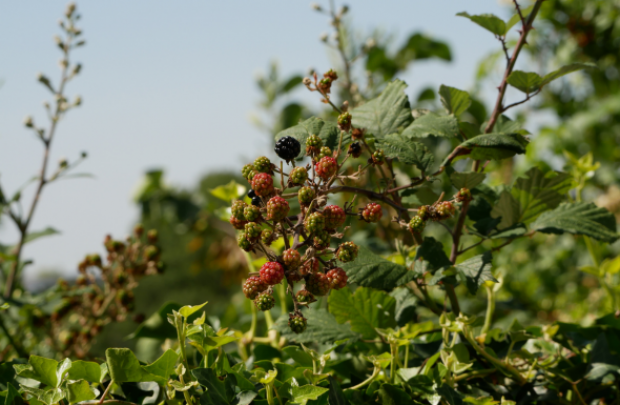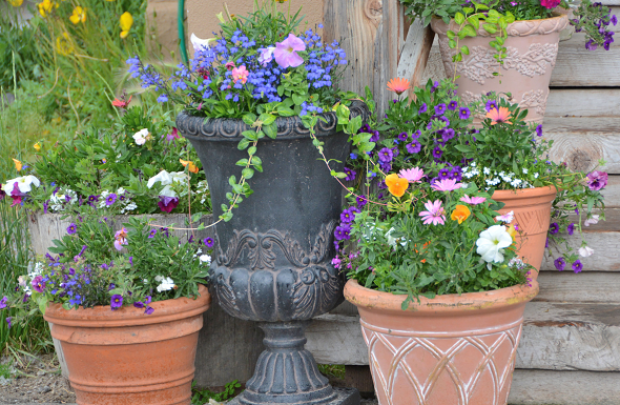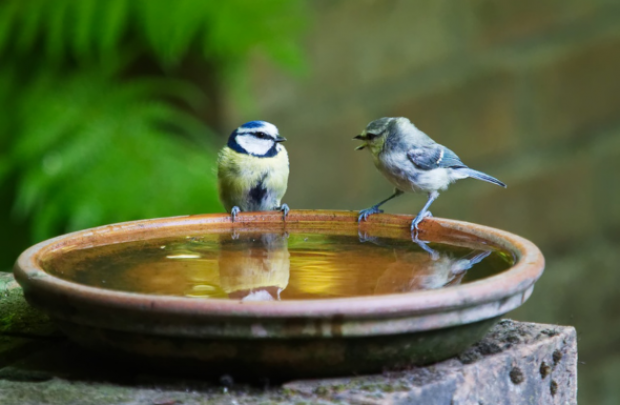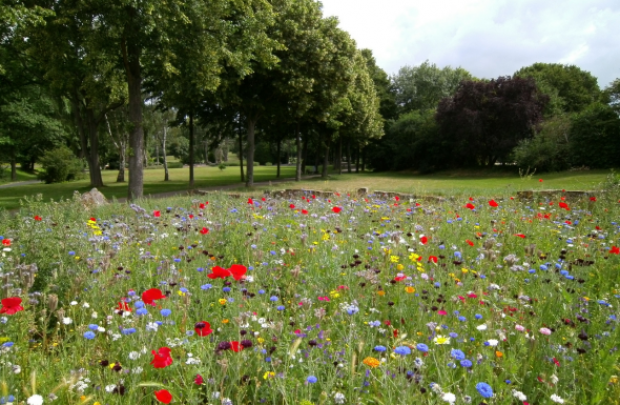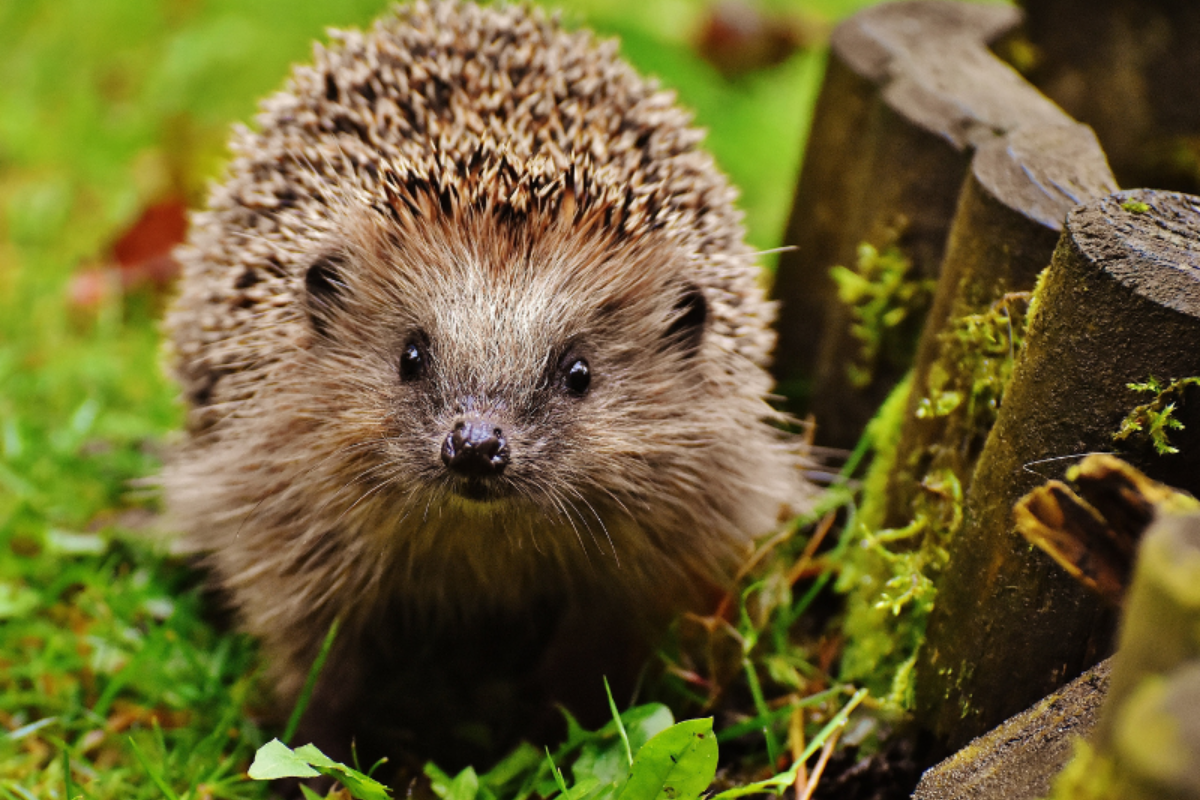
Spring into action for hedgehogs!
by Kirsty Crawford, Citizen Science Project Officer, TCV Scotland
Twice voted the UK’s favourite mammal, there’s no doubt that the hedgehog is a much-loved animal. As popular as they are, you might have noticed their absence in gardens and greenspaces in recent years. This Hedgehog Awareness Week (2nd – 8th May), we’re taking a look at the reasons for their decline and what we can do to help.
In the UK we have the European hedgehog (Erinaceus europeaus), one of 17 species worldwide. They are found across a huge range of habitats, from the most urban populations in central London, to those introduced onto remote Scottish Islands. Hedgehogs are a vital part of the ecosystem, keeping invertebrate populations in check. A loss of vital habitats that provide them with an invertebrate diet, such native hedgerows, is reflected in a loss of hedgehogs across the UK.
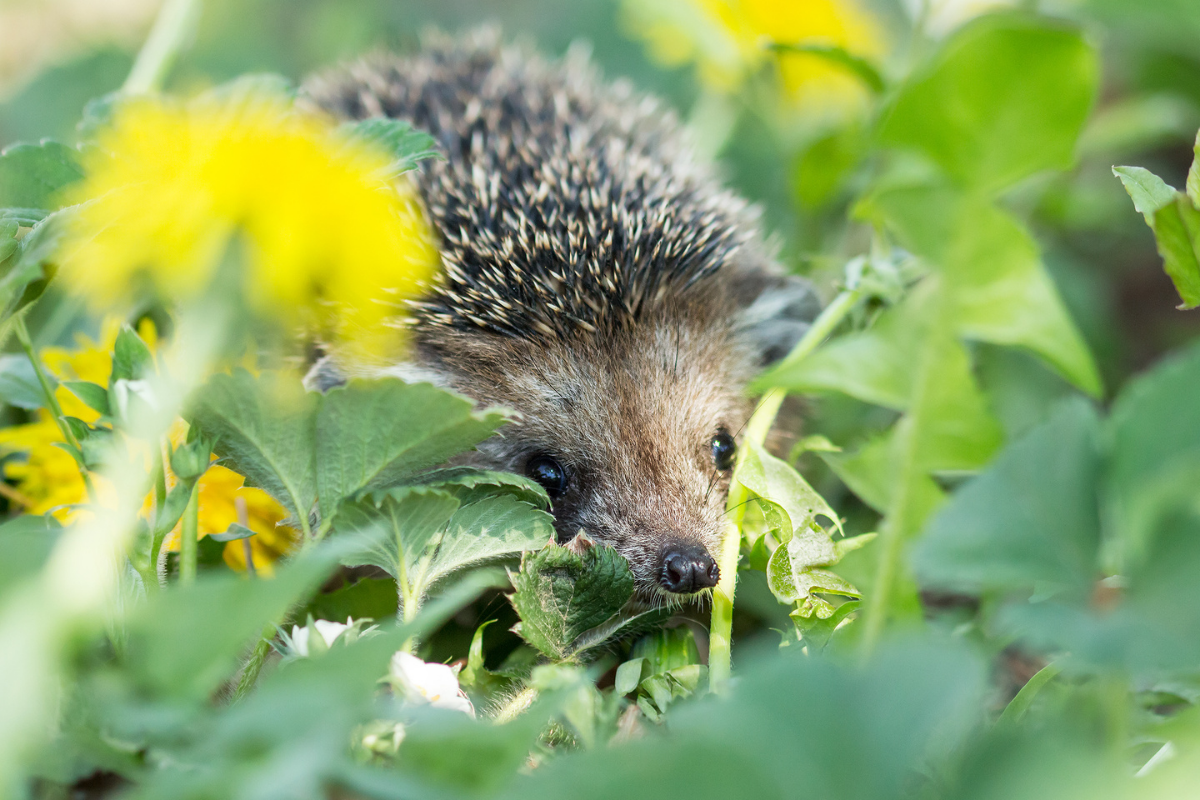
Hedgehog Decline
Numbers have fallen 46% in the past 12 years. The State of Britain’s’ Hedgehogs Report for 2018 shows that there is a difference in urban and rural populations.
Area around towns and villages can be excellent habitats for hedgehogs, and they often prefer them over farmland. Hedgehogs continue to face pressures from urban development, but public efforts to improve garden habitats and connectivity might be giving them a chance.
In rural areas, intensive farming methods can reduce hedgehog habitat, resulting in fewer nesting sites and less protection. Prey such as earthworms and slugs can also be scarce in agricultural soils. It’s estimated that around 100,000 hedgehogs are killed annually - rural roads are often a bigger danger to wildlife with reduced lighting and higher speed limits.
Hedgehogs were officially listed as vulnerable to extinction in the 2020 Red List for Britain's Mammals.
Why do hedgehogs need our help?
Your garden can act as a boundary in otherwise open space to the wildlife which may be attempting to use it. Gates, walls and fences can prove challenging to hedgehogs, but creating gaps in boundaries can be an easy way to link up small natural areas to provide a larger network of routes to find shelter, food and potential mates.
Along with the pressures from habitat loss in rural areas, our towns and cities have been changing over the years. New housing developments can cause fragmentation in the landscape, splitting up key habitat with roads, fencing and buildings. The trend of ‘tidy gardening’ leaves little opportunity for foraging for hedgehogs.
Litter and plastics are a problem for all wildlife, but hedgehogs are specifically affected by polystyrene cups, elastic bands and six-pack holders. Loose or fine netting kept in piles or close to the ground is a huge hazard for hedgehogs - they become tangled and unable to make their own way out due to their spines.
Top Tips to Help Hedgehogs
Many of our Naturespace actions create positive change in your local area, including helping hedgehogs with habitat creation and wildlife passageways.
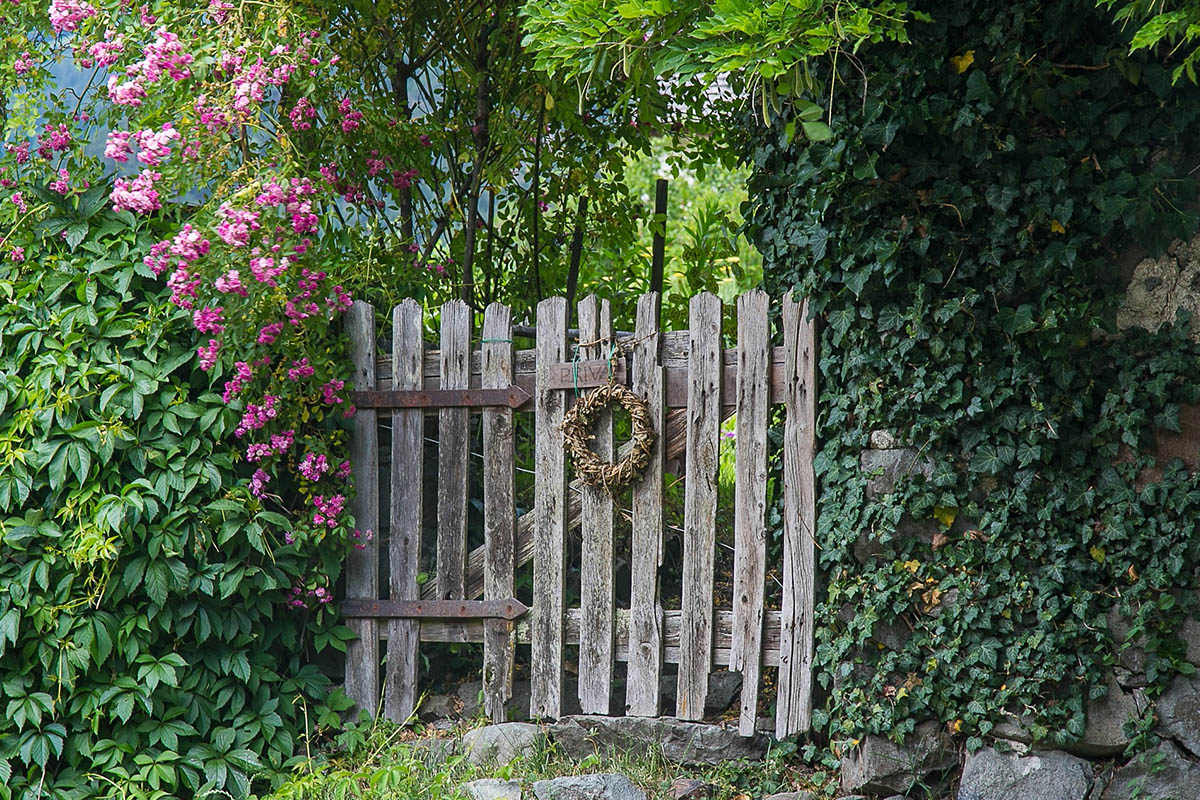
Wildlife Passageways
Hedgehogs roam over one mile each night looking for food and need to be able to move freely in an area much larger than the average garden. A CD-case sized hole (13cm x 13cm) will be perfect, and not too large for pets to escape through.
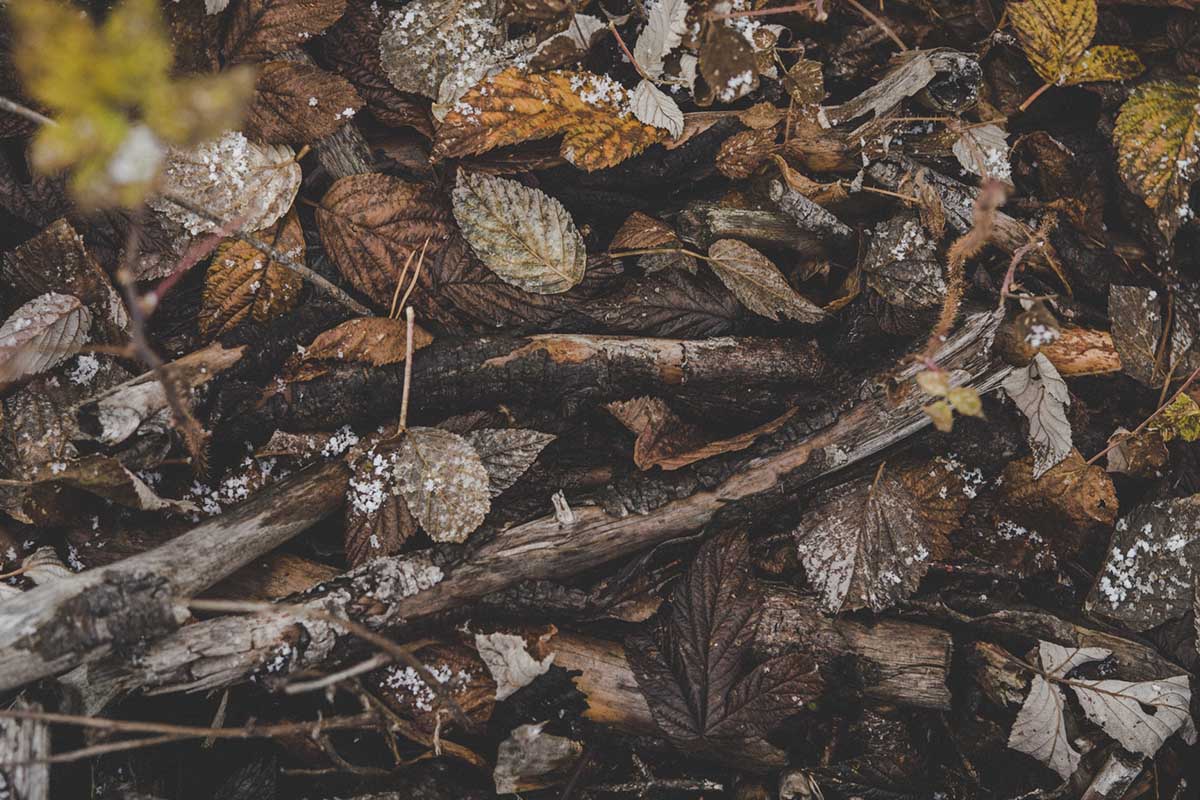
Wilder Gardens
Compost heaps are ideal for insects and invertebrates and can act as a hedgehog buffet! Filled with food waste, grass and cuttings, compost heaps provide hibernation sites for hedgehogs. Installing a small nature pond is perfect for providing water in the warmer months - make sure you have an exit ramp as hedgehogs can swim, but will drown in smooth-sided ponds that they can't get out of.
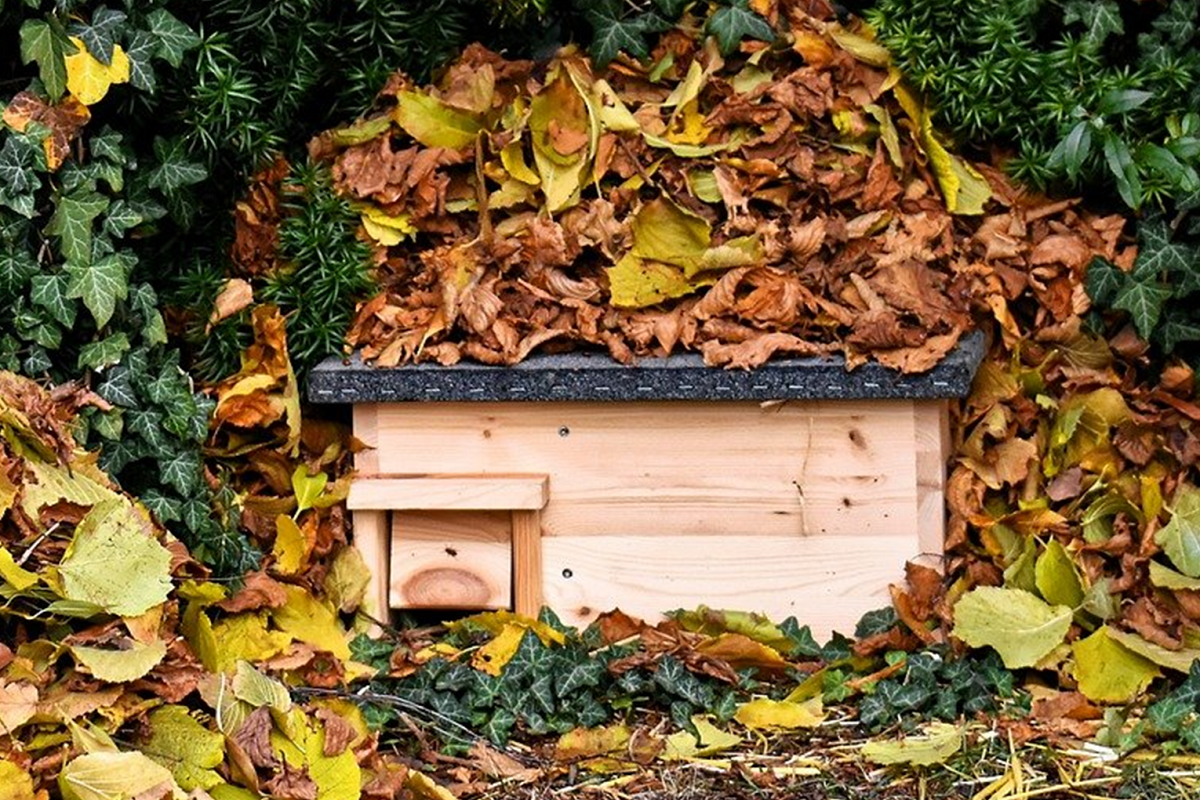
Sheltered Spaces
Creating natural shelter can make a big difference. Leaving your garden to grow wild and including log piles, leaf piles and general overgrown areas will offer not only shelter, but food and nesting opportunities. Wooden hedgehog housing, in a quiet corner of the garden is another good option. Hedgehogs rely mainly on their natural food sources, but leaving supplementary food can ensure their energy levels stay topped-up. You can try meat-based wet cat or dog food, unsalted chopped peanuts or specialised hedgehog food like Spikes. Don’t forget a shallow dish of water too.
Get Involved
There are many projects dedicated to helping hedgehogs across the UK:
- Take action in your space with our Naturespace actions, and tell us what you're doing by completing some quick surveys to be part of our wildlife-saving research and record the changes in your space.
- Hedgehog Street is a joint project between the British Hedgehog Preservation Society and the People’s Trust for Endangered Species which offers a brilliant selection of resources, an interactive map plus campaigns to get involved in.
- Hedgehog Friendly Campus is a UK-wide initiative to get university grounds working for wildlife, completing ‘hedgehog -friendly’ actions and gaining accreditation.
- HogWatch Scotland is the only dedicated Scottish hedgehog conservation project, offering training courses, survey evenings, school education sessions and more.
